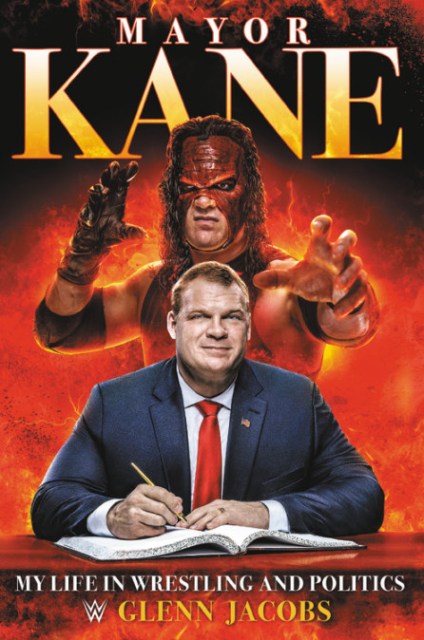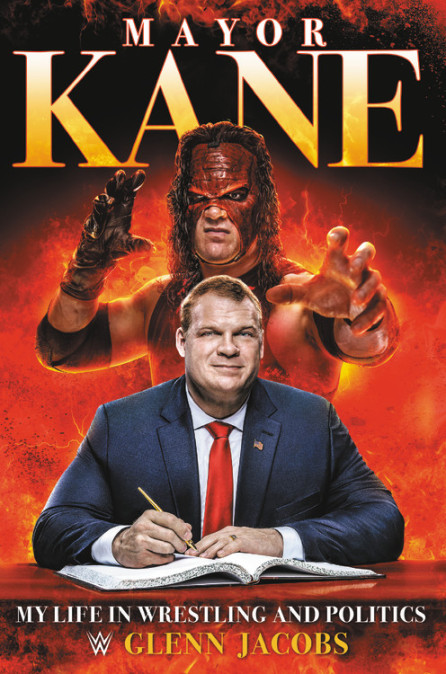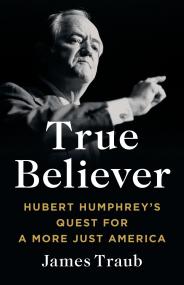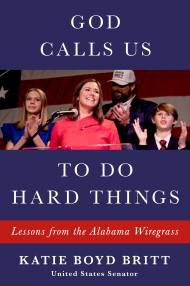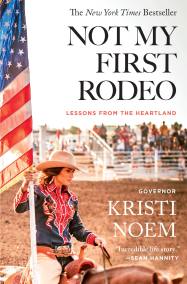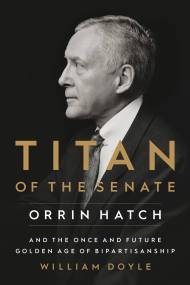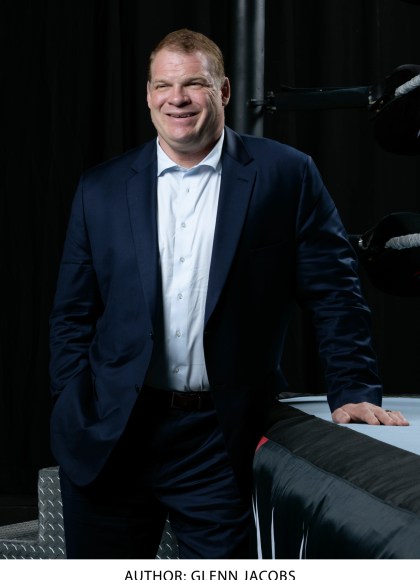Promotion
Use code MOM24 for 20% off site wide + free shipping over $45
Mayor Kane
My Life in Wrestling and Politics
Contributors
By Glenn Jacobs
Formats and Prices
Price
$14.99Price
$19.99 CADFormat
Format:
- ebook $14.99 $19.99 CAD
- Hardcover $28.00 $35.00 CAD
- Audiobook Download (Unabridged)
This item is a preorder. Your payment method will be charged immediately, and the product is expected to ship on or around November 26, 2019. This date is subject to change due to shipping delays beyond our control.
Also available from:
The surprising story of how wrestling superstar Glenn “Kane” Jacobs beat all the odds to become the mayor of Knox County, Tennessee.
Even in his heyday in wrestling, Jacobs was inspired to pursue politics by popular libertarian figures such as former Republican presidential candidate Ron Paul, Republican Senator Rand Paul, Fox News’ Judge Andrew Napolitano and others, and that led him to fulfill his own political ambitions.
Before becoming Mayor Kane, Glenn “Kane” Jacobs was one of WWE’s top Superstars for over two decades and traveled the globe with the likes of “Stone Cold” Steve Austin, Dwayne “The Rock” Johnson, John Cena, Ric Flair, and many others. He dominated the WWE with The Undertaker as the “Brothers of Destruction.” Kane reinvented himself with the help of Daniel Bryan forming “Team Hell No.” He set “Good ol’ JR,” Jim Ross on fire.
The wrestler-turned-politician hasn’t hung up his wrestling boots yet. Politics is a contact sport and Jacobs is using his wrestling skills in that arena. Jacobs supports President Trump and his agenda, and is implementing conservative policies in Tennessee.
Genre:
- On Sale
- Nov 26, 2019
- Page Count
- 304 pages
- Publisher
- Center Street
- ISBN-13
- 9781546085829
Newsletter Signup
By clicking ‘Sign Up,’ I acknowledge that I have read and agree to Hachette Book Group’s Privacy Policy and Terms of Use
